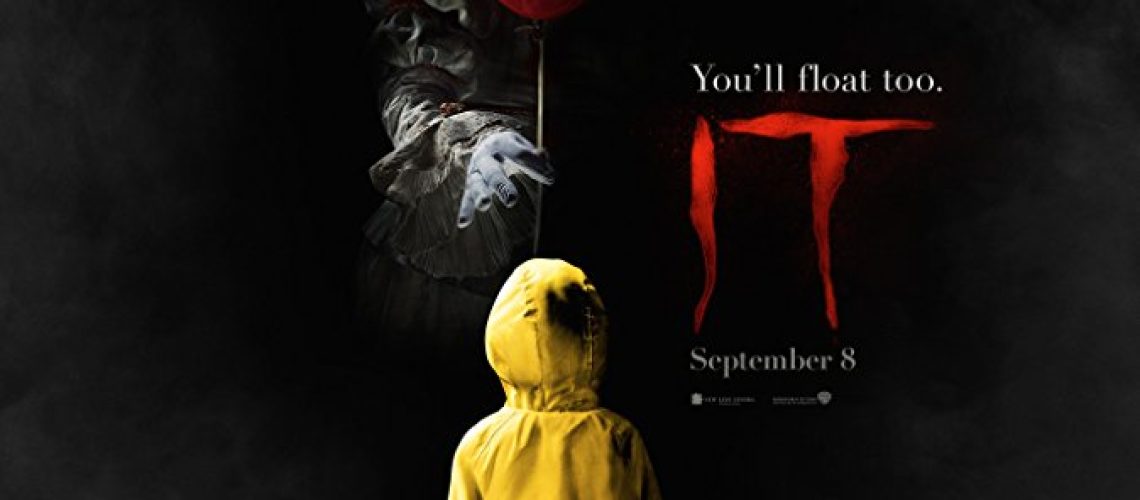I’m a Stephen King fan. He’s not perfect. No writer is. To this day, I still love his work. Anyway, I read IT ages ago, and the book gave me nightmares. My experience with the book was mostly positive. Mostly. One of the things that I like about King is that his characters often choose to be their better selves under dire circumstances. Also, in The Stephen King-verse, violence isn’t always the answer. I adore that. Of course, this philosophy complicates the task of writing a satisfying ending. Audiences want to see the Big Bad™ roughed up. This is why employing “Love defeats Hate” isn’t a simple or easy way to write a story. And this is why the end of IT…stumbles. To make matters worse, the novel suffers from one of the worst tropes when it comes to female characters: the “Woman equals Love” trope, even the children’s part of the story. The newest movie has similar issues, but at least it didn’t involve raping an eleven/twelve year old girl. I do like the novel—just not that part of it. Which is why I was relieved it wasn’t in this movie. (Thank the gods.)
The first adaptation stinks. Tim Curry as Pennywise is genius, but the rest of the series is dreadful. So, we’ll just say I didn’t have high hopes, but reports were good. So, when one of my good friends, Robin (also a King fan), invited me to see it with her, I said hell yes.

I enjoy watching films with Robin because she’s well-educated in film—more so than I. (She’s a professional script writer and a game designer.) We pointed out references to other King works to one another. For example: one of the kids wears a T-shirt with an evil car on it. (Hello, Christine.)
The scenes with Beverly Marsh are thoughtfully done. I appreciated that they didn’t sexualize her with the camera. They let her be an early teen. The scene where Beverly is buying Tampax is an excellent example of the care taken. Walking to the counter and presenting the dreaded box to a male cashier—let alone have anyone you know of the male persuasion witness you doing so—is a pretty standard nightmare for a lot of teen girls. (And, I imagine, trans boys.) The film portrays the discomfort without belittling it with comedy.
I don’t think this is giving anything important away by telling you that Pennywise feeds on the fears of its victims. Thus, each of the kids in the Losers Club has specific anxieties that Pennywise uses against them. With Beverly, it’s blood. Since Beverly recently started having periods, and she has an abusive father who makes her feel ashamed of her body and everything that goes with it, this makes perfect sense. Blood represents the real danger in her life. (Menstruation and her father.) At one point, Beverly cuts her long hair short. That scene was moving. Later, her father says, “I don’t like what you’ve done to your hair. It makes you look like a boy.” The interesting thing is, I thought: “Of course, asshole. It’s not safe to be a girl around you.” And when I talked with Robin afterward it occurred to me how someone who was trans might interpret that scene. “What an asshole, implying that his daughter is a boy!”
There was one glaring issue with the film, and it’s race-related. While Mike Hanlon is shown having a family, largely, you only see them in two scenes and those are at their family farm. Outside of that, there are no people of color in Derry, Maine. Mike is the only one. While that can be attributed to the undercurrent of violent racism inherent in the town (see: The Black Spot section in the novel) it’s not made obvious in the film. So, it feels like whitewashing. Also in the original story, Mike is the historian. Mike is the one who discovers Derry’s less than ideal past. In this production they gave that role to Ben. Ben is one of the white boys who, in the novel, is an architect and is the kid who builds the dam which backs up the sewer system. (Which, in turn, may or may not contribute to certain problems the town is having with sewer-dwelling monsters.) I’m not sure how I feel about them giving Mike’s role to Ben. I liked that Mike was the smart kid. On the other hand, it’s possible they made this change because they didn’t want Mike to be the one who stays behind in Derry as an adult. Because in the original, Mike bears the brunt of the horror in relative poverty. He stays to protect the town while the others—the white kids—live successful lives elsewhere. The white kids even forget that the incident with Pennywise happened while Mike remembers it all. I don’t know. But I did see a comment that by giving Mike the only real weapon they molded him into a thug. It’s a legitimate point. Ultimately, when there is only one character of color, anything you do with that character is fraught with significance. I’m not sure there’s a right answer in this case, other than don’t tell stories with only one character of color among a lot of white characters.
All in all, IT is a good film, and I enjoyed it very much. It’s well worth seeing. They made a good decision to break it into two films, and I like that they told the kids’ story separately. (The novel is written with flashbacks.) Following the novel wouldn’t have worked on the big screen. It would’ve been confusing. This way, there are two coherent stories and that was a smart move. Do go see it if you can.







